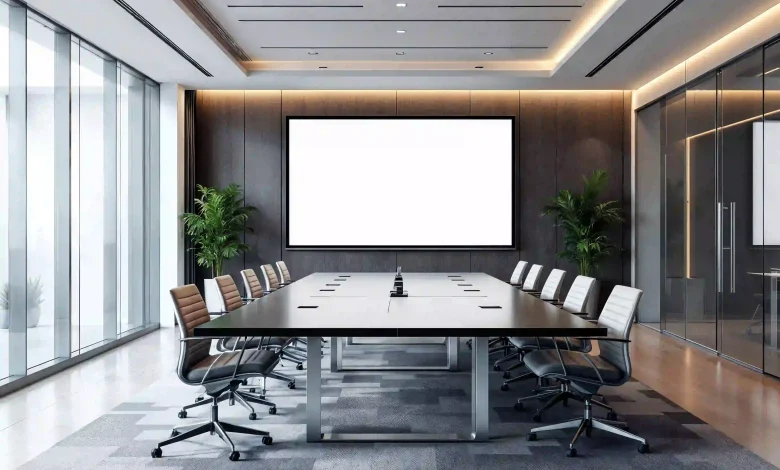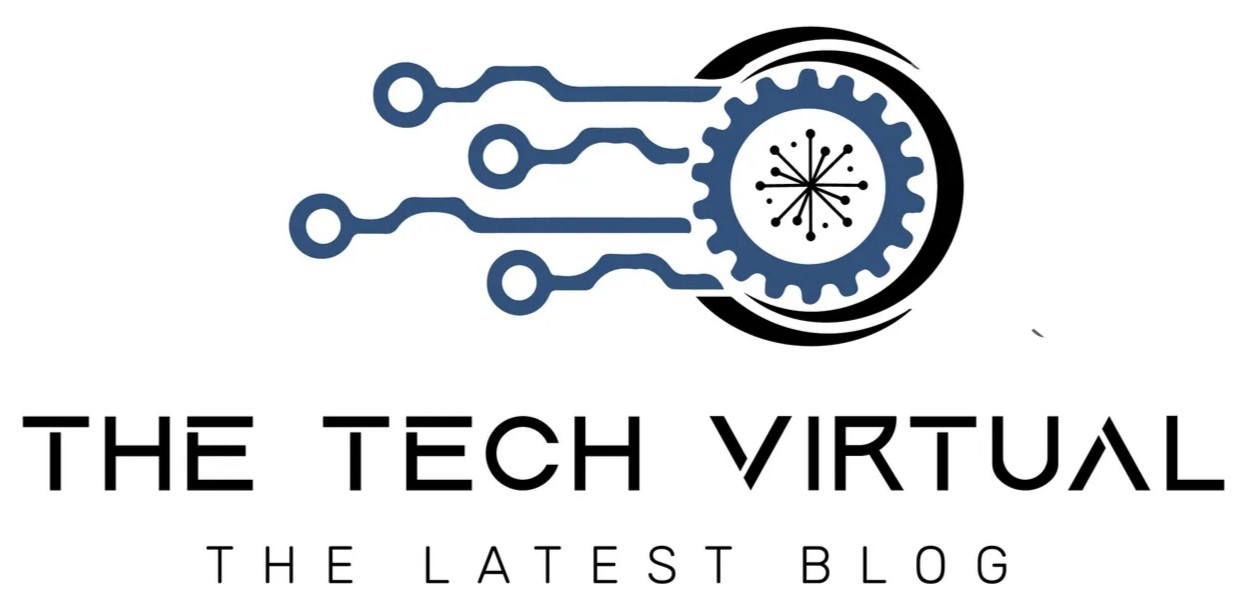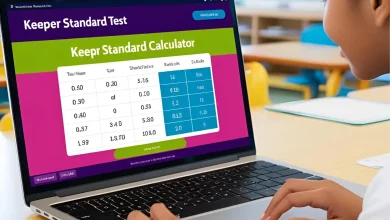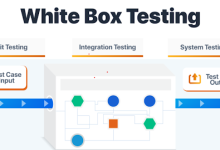How Smart Conference Rooms Can Ease RTO Transition for Employees

Recent return-to-office (RTO) orders fueled speculation that many commercial office spaces would soon be filled with employees again. However, nearly 50% of remote workers surveyed don’t want to return to the office for various reasons.
Commuting costs have dramatically increased since the last time in-person work was the norm. Many household budgets must be adjusted to include gas, toll, and other commuting costs again.
Work/life balance improved for most remote workers. The hours saved by not having to commute daily meant more time with family, friends, and hobbies.
Outdated workplace technology is a significant concern for those returning to the office again. While everyone was working remotely, Artificial Intelligence (AI) exploded onto the scene and forever changed how many employees perform their work, from initial product design to processing orders to customer retention.
While remote working allowed many companies to continue providing goods and services, in-person workers remain essential for most business models. In-person work environments typically benefit from improved collaboration, communication, spontaneous brainstorming, and quicker problem-solving, which are hard to replicate with a team of remote workers.
During this same time, many commercial spaces delayed or postponed technology upgrades while offices were closed to reduce costs. As employees return to the office en masse, many commercial properties are replacing their traditional meeting spaces with smart conference rooms to ease the RTO transition process.
What is a Smart Conference Room?
A Smart conference room typically includes the latest computer and digital technologies, which allow seamless collaboration between in-person and remote attendees through a user-friendly interface. These technologies are fully customizable for each business type and can include the following options.
High-quality video conferencing system:
Video conferencing exploded onto the business scene during the pandemic as a quick, straightforward remote work solution. Unlike desktop applications, a high-quality solution should include wide-angle cameras, clear audio pickups, and smooth video transmission for remote attendees.
Interactive display or smart whiteboard:
These sizable high-definition screens allow users to write, draw, and annotate directly on the screen surface. This flexibility enhances attendee engagement and improves employee collaboration and the efficient sharing of knowledge and expertise.
Wireless connectivity:
Unlike hard-wired setups that regularly require technical assistance and an assortment of different cables, wireless connections require a few taps or clicks to connect a device. This allows meetings to start on time, fostering a more productive and efficient work environment.
Conference room control system:
Presenters can easily manage the room’s lighting, temperature, and connected AV equipment by incorporating a centralized interface. These systems can streamline scheduling to maximize space usage and improve office efficiency.
AI-powered features:
This could include automatic transcription, meeting summaries, or virtual assistants to help manage the meeting flow and schedule. Another option is smart sensors that adjust lighting or occupancy tracking based on room scheduling information.
These smart conference room technologies require a flexible and easily accessible cable management system. As a result, many property owners and facility teams are ditching traditional cable trays for the Gridd® Adaptive Cable Distribution System®. By relocating the data, audio, and video cabling beneath the floor, future technology upgrades and complete reconfiguration costs are minimized.
The beauty of Gridd is that it can be easily installed into existing conference spaces as small as 100 square feet or across an entire campus or business complex. Gridd also maintains a variety of ADA-compliant ramps (1:12 and 1:20) to accommodate employees and visitors dealing with mobility concerns.
The same flexibility and accessibility can now be applied to your power management system. Gridd Power® provides unparalleled power management flexibility through an integrated 50-amp modular bus system designed to work seamlessly with the Gridd Raised Flooring System. Electrical connections can be field-wired to the central panel or via a modular branch circuit for maximum flexibility.
Smart Conference Room Benefits
The ability to grow and adapt gives your workforce the flexibility they need to adjust a meeting space more efficiently to the needs of your internal and external stakeholders. While a Smart conference room won’t address all the concerns of returning workers, it can easily address the most common complaints about outdated technology in the workspace.
According to Commercial Integrator1, “The biggest mistake an organization can make in ordering employees back to the office is focusing solely on the logistics and updated technology. Those things matter, but they aren’t what make people want to come in. Once you have the right AV solutions in place, the real value of in-person work becomes clear. It’s about human connection.” In short, “AV technology alone won’t make the return to office a perfect transition, but it can eliminate many of the pain points that make in-person work frustrating.”
For those worried about the ROI of investing in Smart conference rooms, here are additional benefits company owners and managers can expect to see.
- Improved collaboration: Realistic milestones and schedules can reduce project costs by enabling effective communication between remote and in-person teams.
- Enhanced productivity: Streamlined meetings and information sharing as a result of easy access to technology
- Flexible meeting spaces: Conference rooms can be quickly adapted to different meeting formats and needs as company or stakeholder needs change over time.
- Cost-effective communication: Facilitates virtual meetings to eliminate travel expenses while improving work/life balance for employees.
Traditional conference rooms with long tables and a single screen will do little to help workers transition to in-person work again. While working remotely, they have had the chance to adapt their workflows to incorporate new technologies and applications. Having those same options available within a Smart conference room or the entire office will go a long way in the transition process for employees and visitors. To learn more about how Gridd can help with your Smart conference room, please contact a Gridd Advisor.






